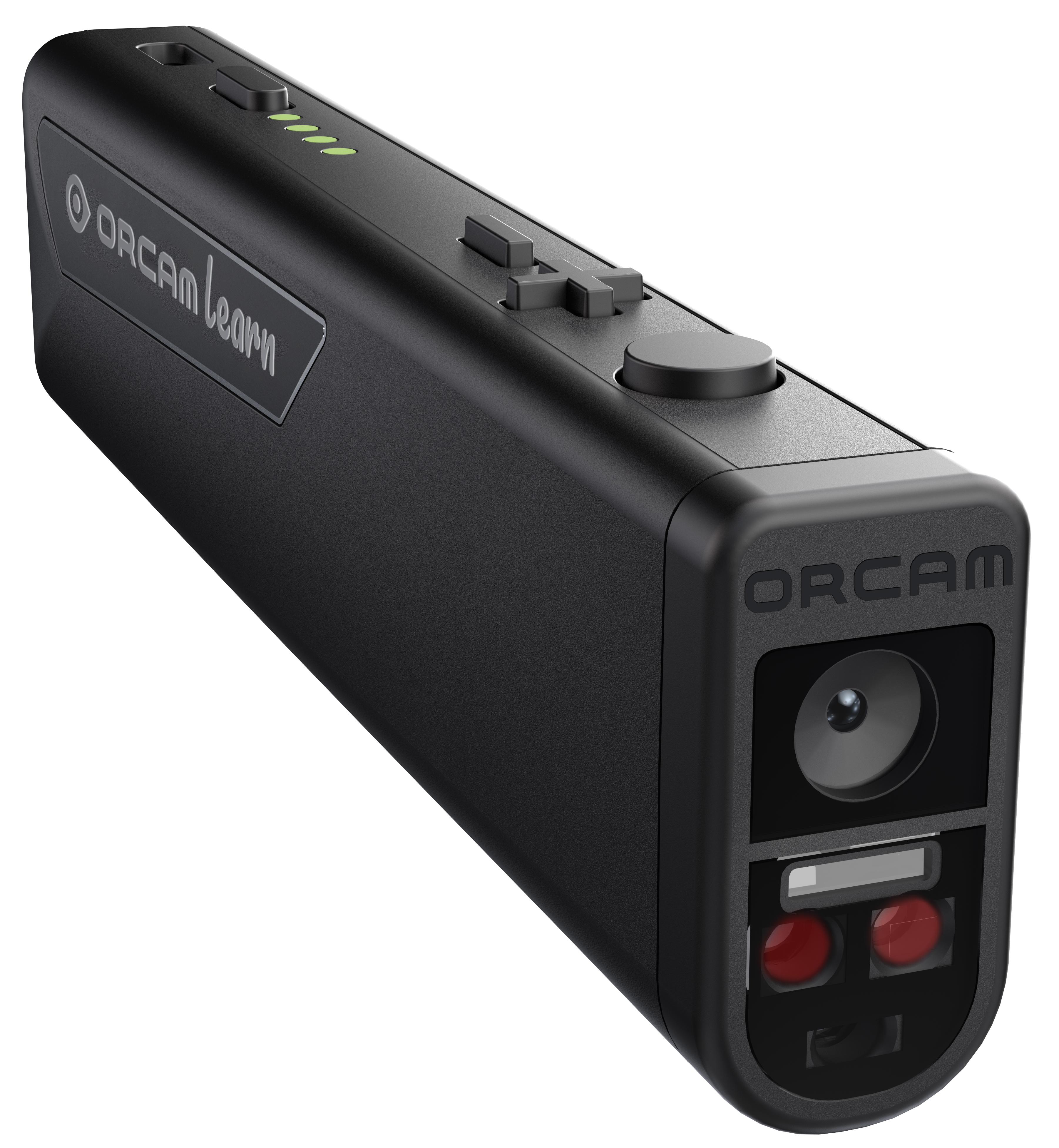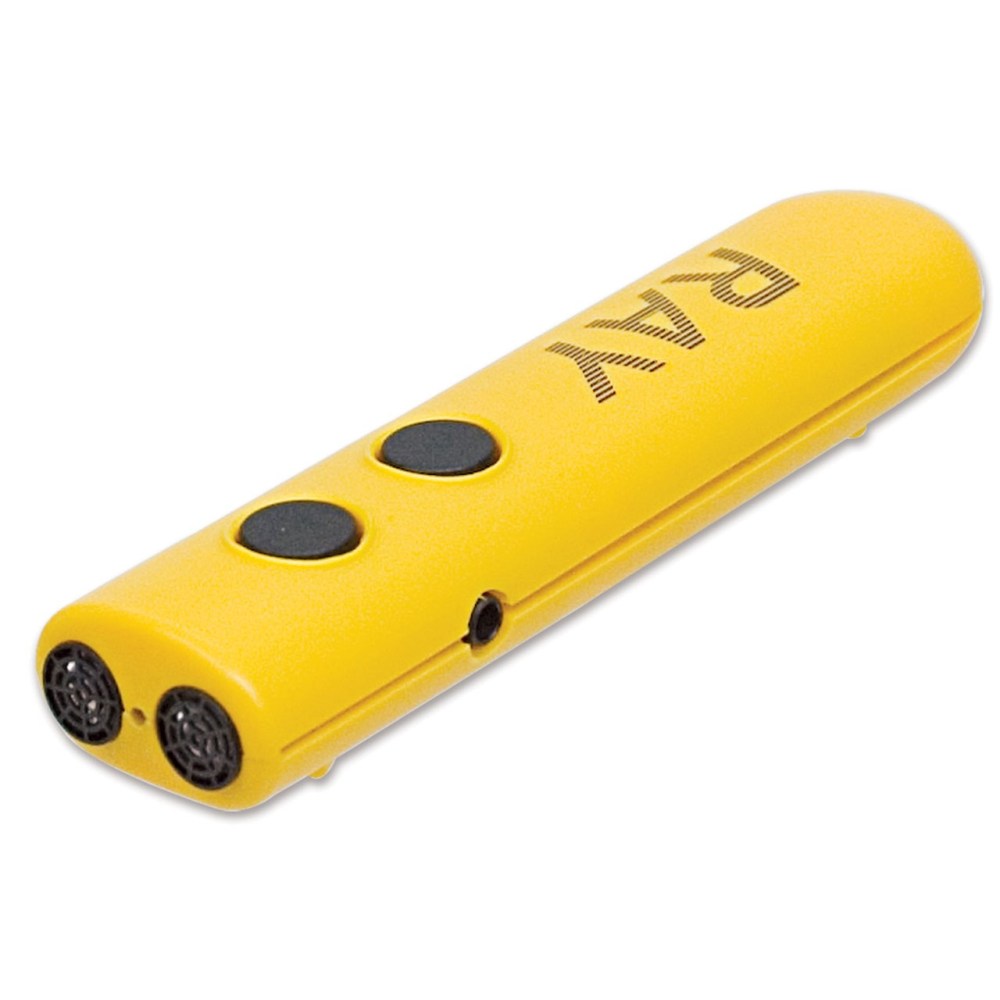Discover Ingenious Tools Designed for the Visually Damaged
The development of cutting-edge devices for the visually damaged stands for a considerable advancement in access and freedom. Technologies such as clever glasses with AI capacities and mobile applications created to offer auditory descriptions are reshaping everyday experiences for customers. In addition, wearable devices that use haptic responses boost ecological recognition, while modern-day Braille technologies supply brand-new means to involve with text. As these tools remain to progress, their influence on the lives of those with aesthetic disabilities raises important inquiries about the future of inclusivity and autonomy in various elements of life. What lies ahead in this technical landscape?
Smart Glasses for Navigating

Smart glasses designed for navigating are reinventing the way aesthetically damaged people interact with their atmosphere. These innovative tools make use of a combination of electronic camera modern technology, man-made knowledge, and auditory responses to supply real-time info concerning surroundings. By using barrier discovery systems, clever glasses can inform customers to potential dangers, making it possible for much safer movement in both unknown and familiar setups.
The combination of GPS innovation even more enhances navigation capabilities, permitting individuals to receive auditory instructions as they move. This hands-free strategy not just promotes independence but also empowers visually damaged people to browse metropolitan landscapes with raised self-confidence. In addition, lots of wise glasses are outfitted with functions that identify spots and road indicators, supplying contextual info that improves the individual experience.
In addition, the growth of these devices is continuously advancing, with companies functioning to improve the accuracy of object recognition and increase the variety of navigational functions. As clever glasses end up being more budget friendly and accessible, they hold the potential to substantially change life for visually impaired customers. Eventually, these innovative tools represent an important action toward inclusivity, offering improved wheelchair and a greater feeling of autonomy for individuals navigating the globe around them.

Mobile Apps for Daily Living
How can mobile applications enhance the daily lives of visually damaged individuals? Mobile apps are reinventing the way visually damaged individuals navigate their environments, handle everyday jobs, and accessibility information. These applications provide important assistance with different functionalities, fostering self-reliance and boosting lifestyle.
Numerous cutting-edge mobile applications are designed especially for everyday living. Applications like Be My Eyes attach aesthetically damaged customers with sighted volunteers via video clip calls, permitting them to obtain real-time aid with jobs such as reading labels or navigating unfamiliar rooms. Seeing AI, established by Microsoft, makes use of artificial intelligence to explain environments, reviewed text, and determine objects, successfully transforming a mobile phone right into an effective device for daily support.
Furthermore, navigation applications tailored for the aesthetically impaired, such as Aira and BlindSquare, provide audio-based instructions and ecological details, making it possible for users to traverse their surroundings safely and with confidence. Past navigation and instant support, mobile apps likewise sustain company and job administration, with functions that help individuals establish tips, develop to-do listings, and track visits. In summary, mobile applications function as crucial sources, encouraging visually damaged people to lead even more independent and meeting lives.
Wearable Technologies for Support
Empowerment with modern technology is progressively apparent in the realm of wearable devices designed to assist aesthetically damaged individuals. These innovative tools integrate effortlessly right into day-to-day live, improving navigating and providing important feedback to users. As an example, clever glasses furnished with video cameras can review and identify faces message out loud, allowing customers to interact more confidently in professional and social setups.
Another remarkable development is the usage of haptic responses systems in wearable tools. These systems utilize resonances or other responsive signals to communicate info regarding the user's atmosphere, such as obstacles or modifications in terrain, improving flexibility and safety. Wearable innovations likewise include wristbands that connect to smart devices, alerting customers to alerts via refined resonances, hence enhancing connection without dependence on visual cues.
As these modern technologies remain to advance, they are not only improving freedom for visually impaired individuals but also cultivating a better sense of inclusion in culture. By bridging the void in between difficulties dealt with in daily living and the potential for freedom, wearable innovations function as crucial tools in the quest for equal rights and empowerment for those with visual impairments.
Sound Description Tools
Sound summary tools play a crucial duty in enhancing access for aesthetically damaged people, supplying them with the capability to engage with aesthetic media. Smart glasses for the visually impaired. These tools use narrated summaries of key visual components in films, television shows, and live performances, ensuring that individuals can fully understand the context and feelings shared via visuals
Sound description can be integrated into different systems, consisting of streaming solutions, cinema screenings, over at this website and live cinema. Many preferred streaming services now include audio description as an availability attribute, permitting customers to choose it conveniently. Along with conventional media, specialized apps also exist, supplying audio summaries for art exhibits, galleries, and various other social occasions.
The efficiency of audio description depends upon the ability of the narrators, that should share aesthetic details succinctly without diminishing the original sound. Advancements in this field are likewise leading the way for even more customized experiences, where users can readjust the degree of detail and pacing according to their preferences.
Braille Innovations and Devices
Braille tools and developments have significantly transformed the way visually damaged individuals engage with text and details. Modern developments have actually brought about the development of flexible tools click for more info that improve proficiency and independence among individuals. Especially, Braille present technologies have actually advanced, permitting vibrant analysis experiences. These tools convert electronic message right into Braille, making it possible for users to access a large variety of details on mobile phones, computer systems, and tablet computers.
In addition, mobile Braille notetakers incorporate typical Braille input with modern capabilities, helping with note-taking, scheduling, and document editing on the move. Voice-activated assistive devices. These small devices often include text-to-speech abilities, connecting the gap in between Braille and auditory details
Additionally, innovative Braille printers have actually emerged, allowing customers to create Braille labels, records, and instructional materials efficiently. This access promotes greater engagement in academic and professional settings, original site eventually advertising inclusivity.
Furthermore, study into clever Braille innovations remains to expand. Gadgets that incorporate expert system are being explored to give real-time navigation help and contextual information, improving the individual experience in diverse setups. In general, these advancements show a commitment to encouraging visually impaired people with innovation, guaranteeing they can easily gain access to and involve with the world around them.

Final Thought
The improvement of ingenious devices for the aesthetically impaired significantly boosts self-reliance and lifestyle. Smart glasses, mobile applications, wearable technologies, audio summary devices, and Braille advancements jointly equip individuals by offering vital navigation aid, ecological recognition, and boosted analysis experiences. These modern technologies not just foster higher addition however likewise advertise autonomy in day-to-day activities, ultimately adding to a more accessible and fair culture for visually impaired people. Proceeded development in this area holds promise for additional enhancements.
As wise glasses become a lot more affordable and available, they hold the possible to significantly transform everyday life for aesthetically damaged individuals. Mobile apps are transforming the method aesthetically damaged users navigate their atmospheres, take care of day-to-day tasks, and gain access to information. Apps like Be My Eyes link aesthetically impaired individuals with sighted volunteers by means of video clip calls, enabling them to get real-time aid with jobs such as checking out tags or browsing strange rooms.Additionally, navigation apps tailored for the aesthetically impaired, such as Aira and BlindSquare, offer audio-based instructions and environmental details, enabling users to traverse their environments securely and with confidence.The advancement of cutting-edge tools for the visually damaged substantially boosts self-reliance and quality of life.